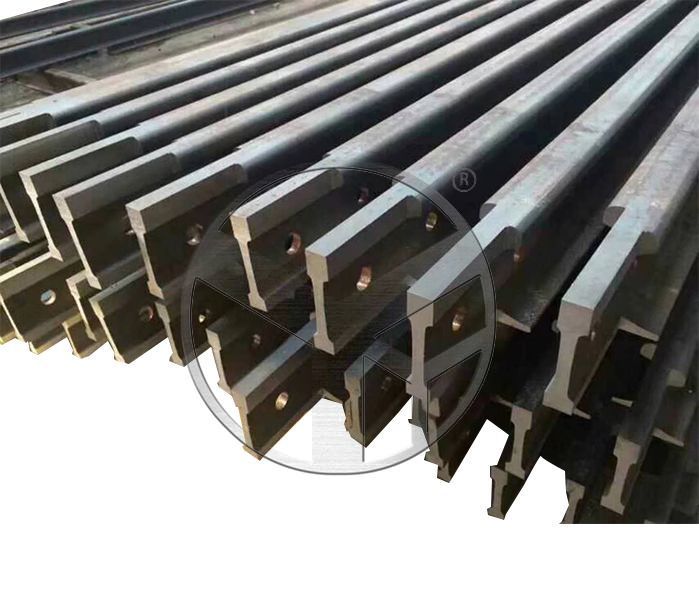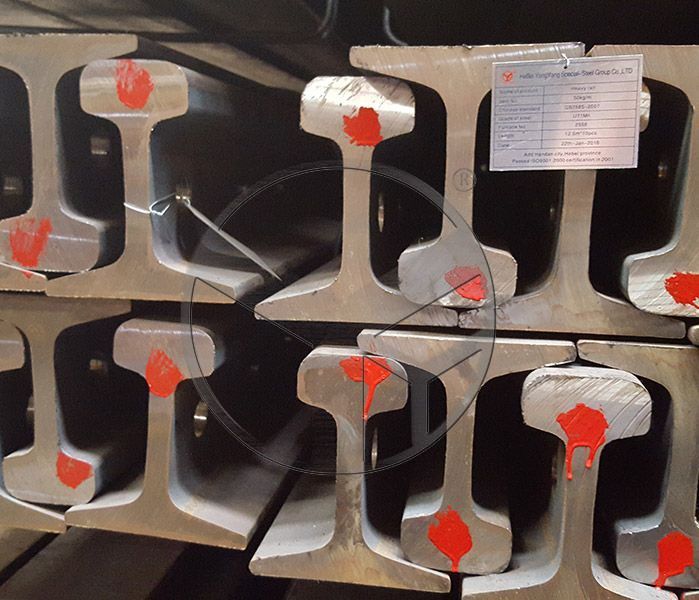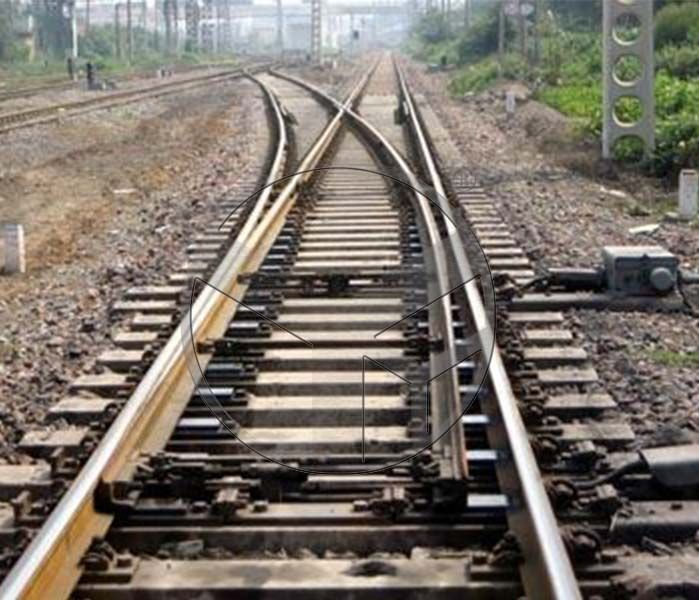Home >> News >> Latest News
Our rail milling trains for basic track maintenance are part of this effort, which we hope will reduce disruption to passengers and create better value for taxpayers.
Replacing damaged rail is expensive, time-consuming and requires a large on-site workforce. We now have the option of using dedicated engineering trains to improve the existing railroad. Replacing track can cost hundreds of thousands of pounds. By switching to a rail milling train, we can make the rail as good as new for only 20% of the cost.

A rail milling train renews the rail by grinding away the damaged top layer of steel from the rail. It has wheels with hundreds of cutting tips that rotate to scrape off small pieces of rail. Doing this slowly means that the train will keep scraping off all the defects as it passes. The polished heads then ensure that the renewed rail provides a smooth ride for both passenger and freight trains.
Existing rail maintenance strategies and programs must be adapted to successfully implement the new integrated rail maintenance approach. High performance rail milling offers the opportunity to introduce a predictive maintenance program. This can be achieved by combining process simulation with well-defined final rail surface conditions and advanced rail surface characterization techniques. As a result, the introduction of an integrated rail maintenance approach will significantly improve the performance level of one of the most valuable rail assets - the rail.

P50/50kg railroad rail from China
Rail milling is a non-sparking and dust-free rotary cutting process in which material is cut from the rail surface in the form of "chips". Each head consists of 140 to 220 carbide inserts, depending on their diameter. The heat generated by the milling process is primarily transferred to the chips, which are then collected on the milling machine to be recycled after the process is complete. The low heat generated by the milling process prevents "bluing" or martensite, which is an unwanted by-product of heat-related material transformation of the rail surface. The shape of the high precision head determines the final shape of the rail profile. Any predefined rail profile can be produced by the milling process. Changing the cutter head allows the production of a wide range of profiles, which can be done quickly and
There are two ways to perform rail maintenance activities. Preventive maintenance strategies can help keep the rail surface free of defects. However, once rolling contact fatigue (RCF) has developed, a regenerative rail maintenance strategy should be used to completely eliminate these defects and prevent premature rail replacement. The milling process allows for low to high metal removal rates per pass, depending on the size of the machine. Therefore, this process can be used for all types of maintenance strategies. A typical milling machine is equipped with one, two or three cutter heads per rail, depending on the application scenario.

As part of a comprehensive rail maintenance approach, we can introduce various rail maintenance activities - especially rail milling. Several examples from satisfied customers around the world confirm that rail milling is a successful complementary solution for preventing premature rail replacement, economically treating mainline rails, turnouts and crossings, and thus significantly extending rail life.
Please follow YONGYANG to find more products, and we welcome your inquiries if you want yo buy them.

Leave a message